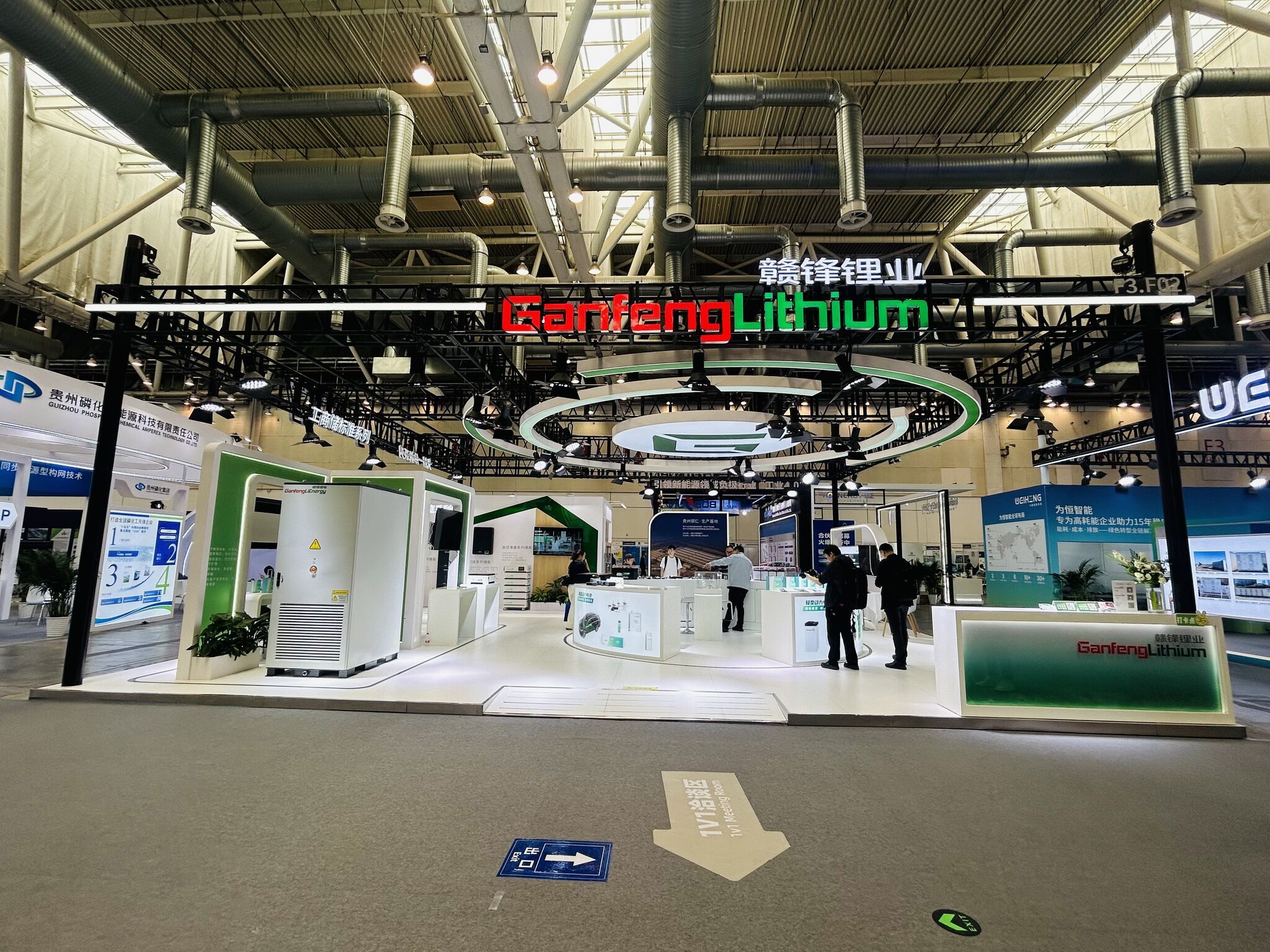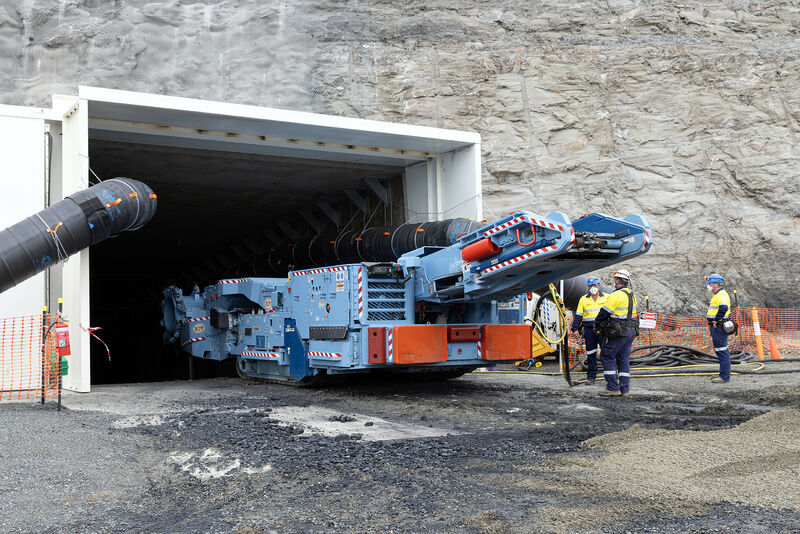Rio Tinto’s massive diamond deposit in India brightens up the miner’s future

Just when major miners thought it was better to ditch their diamond divisions, giant Rio Tinto (LON, ASX, NYSE: RIO) says it is looking at the business with renewed enthusiasm, as a deposit the company discovered in India in 2004 has started to bear its shiny fruits.
According to Rio’s website, the deposit — located in rural India, about 800 kilometres southeast of New Delhi— is the most important diamond discovery in India in the last 40 years.
The Bunder project, in Madhya Pradesh, is set to start production by 2016 or early 2017. Once that happens, India could once again have a world-class mine, producing between two to three million carats a year. And Madhya Pradesh, where the mine project is located, would rank in the top 10 diamond producing regions in terms of value and volume.
In late August this year, the giant miner unveiled its “Courageous Spirit,” the inaugural set of jewellery made using diamonds from the Bunder mine project.
Jean-Marc Lieberherr, chief commercial officer of Rio Tinto Diamonds, recently told Financial Times (subs. required), that Bunder diamonds are “a marketer’s dream”:
“We are restarting the Indian diamond story and its rich heritage that we can leverage into our marketing message. We can talk about the history of India as the land of diamonds and tales of maharajas with glittering treasures.
“With a story like Bunder, it becomes more than just about the four Cs [clarity, colour, carat and cut] and adds an emotional side. This is a huge benefit as we are up against alternative purchases from other very enticing luxury brand stories.”
Indian diamonds are known for their quality, particularly those from the ancient Golconda mines, famous for producing a rare kind of extremely clear gems. One of them is the historic Archduke Joseph diamond, one of the world’s most famous and rarest gems from Europe’s aristocracy, which is expected to reach up to $25 million when it goes under Christie’s hammer on Tuesday.
The South Asian nation was the only diamond producing area in the world the 18th century, when Brazil started developing a few mines. The trend was followed by South Africa in 1867 and then Australia, Russia and Canada.
Rio operates three diamond mines including Argyle in Australia, Diavik and Murowa in Zimbabwe, which contribute less than 2% to the company’s earnings.
RELATED:
More News
{{ commodity.name }}
{{ post.title }}
{{ post.date }}






2 Comments
T. Thayumanavar
the authentic statement excites as few of the best diamonds originated from India in the past…so more will come out…interesting!!
Shanti Kumar Chiluka
Wow Congratulations for discovering large Diamond Mine- Rio-Tinto- It is good news and Good luck to both Rio-tinto and India.